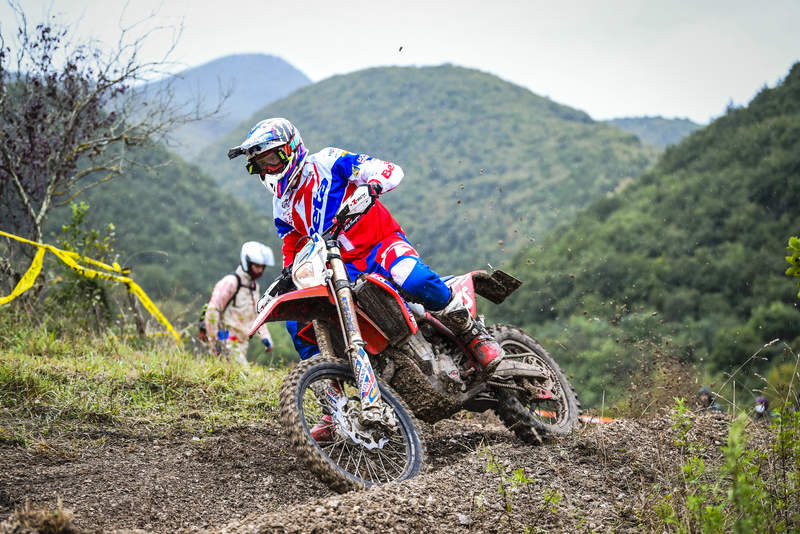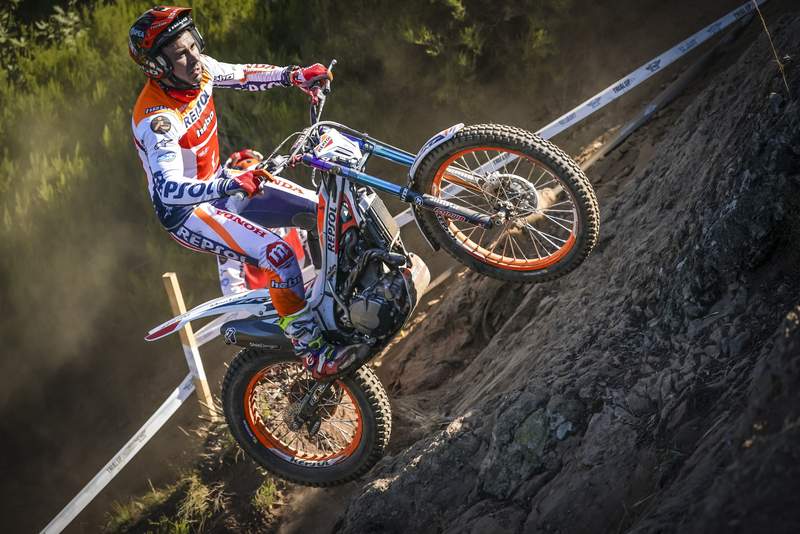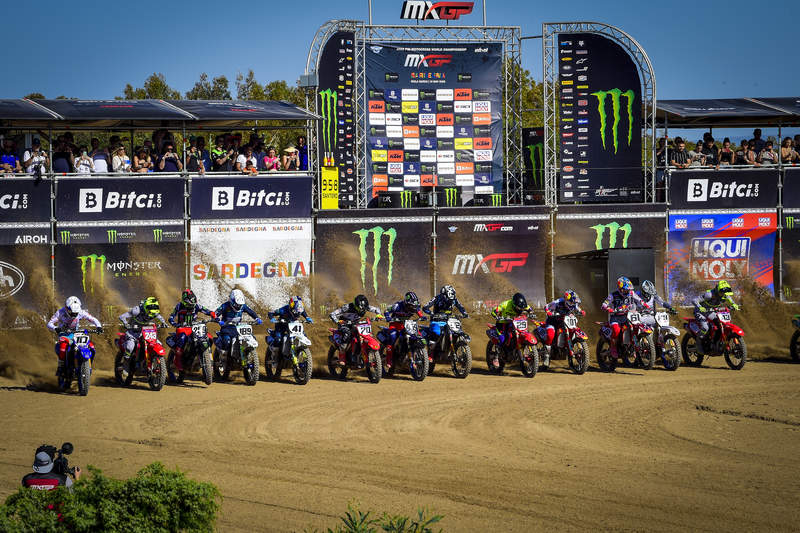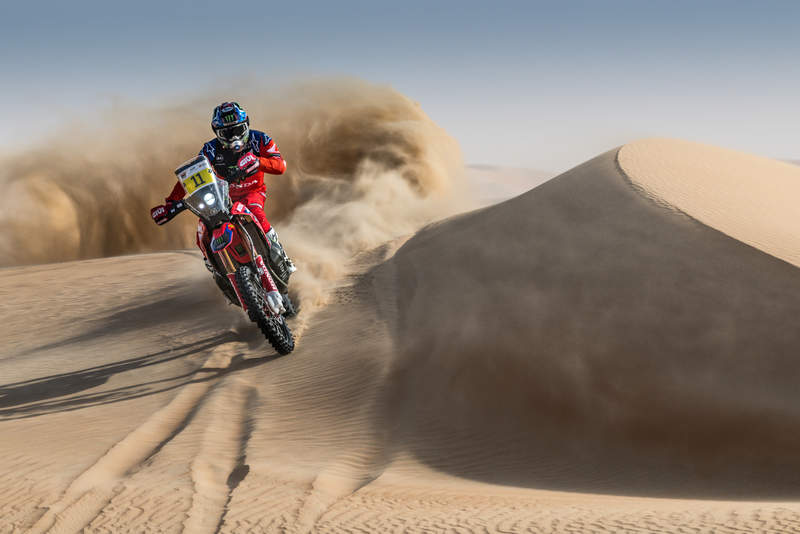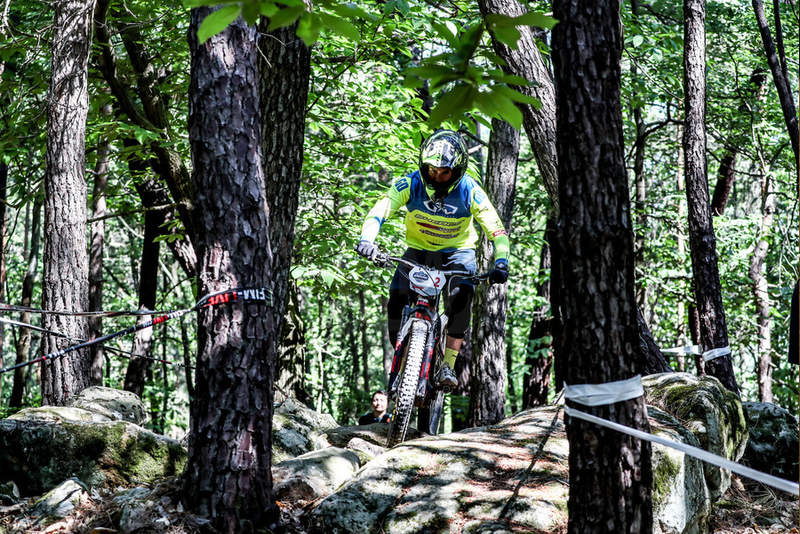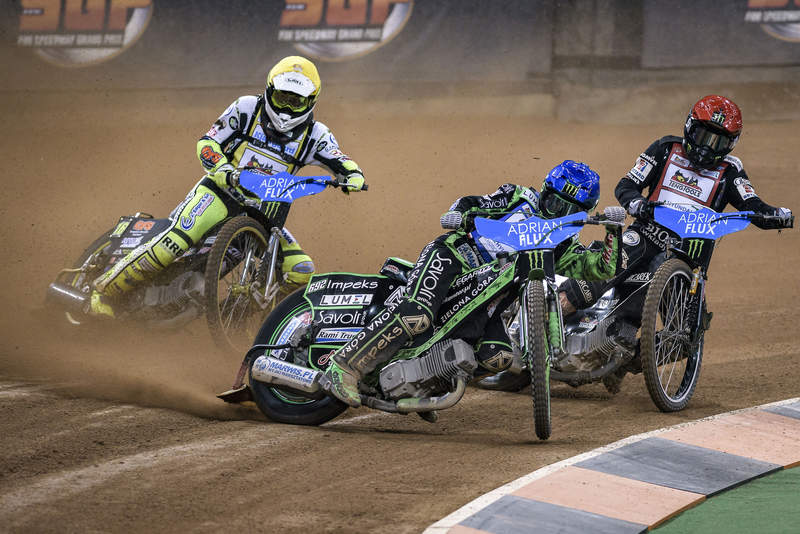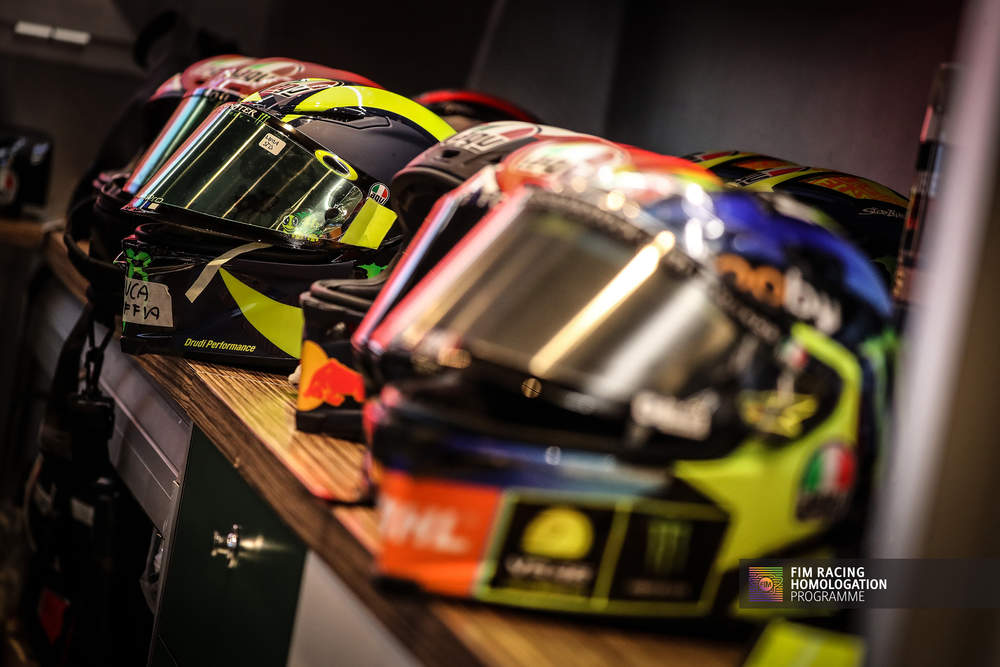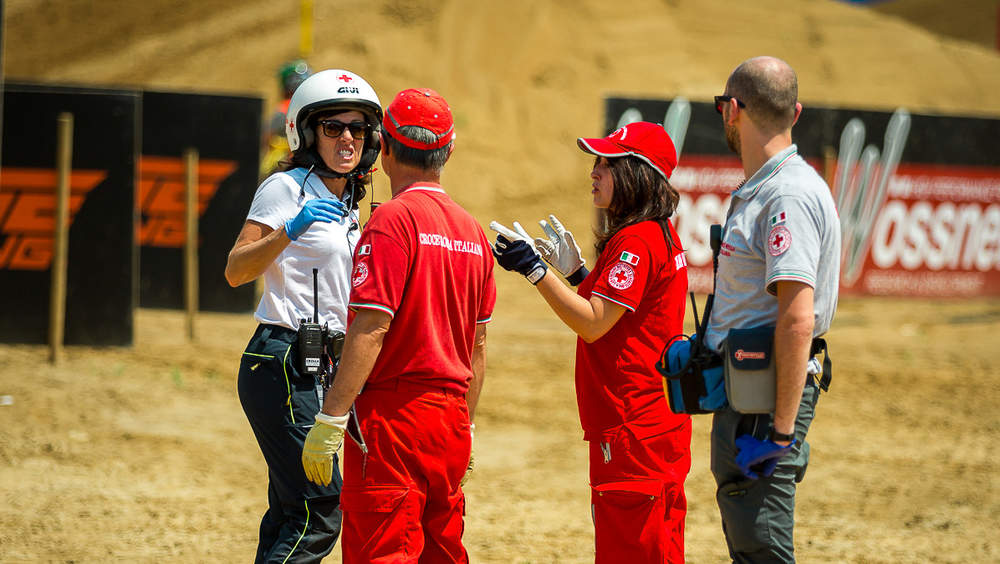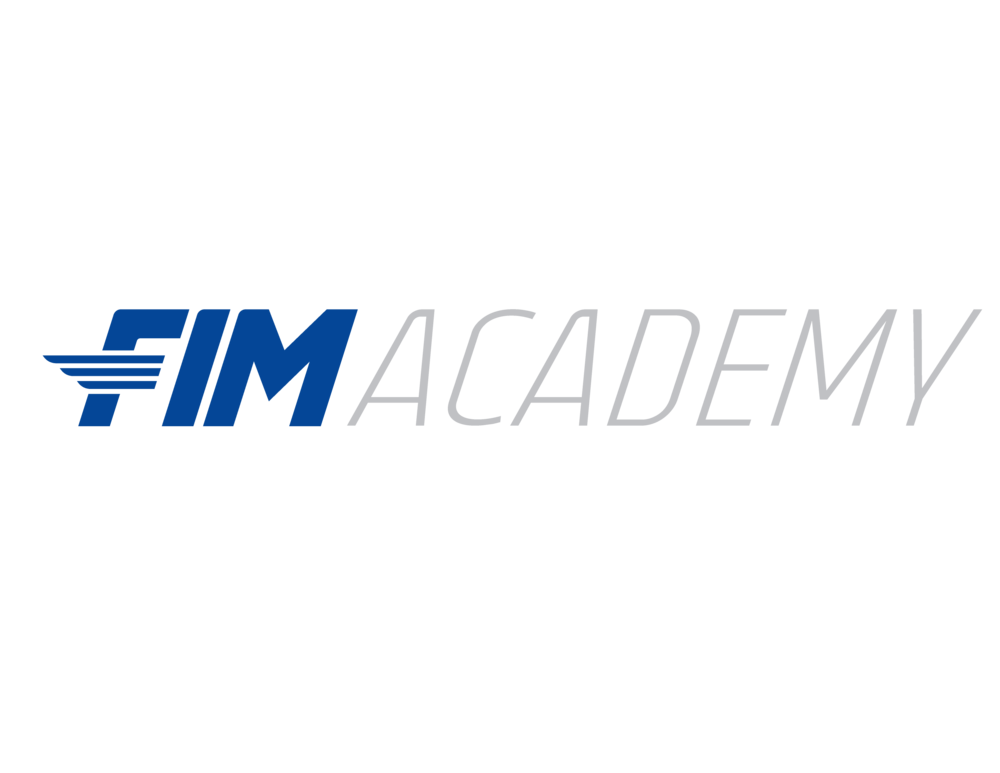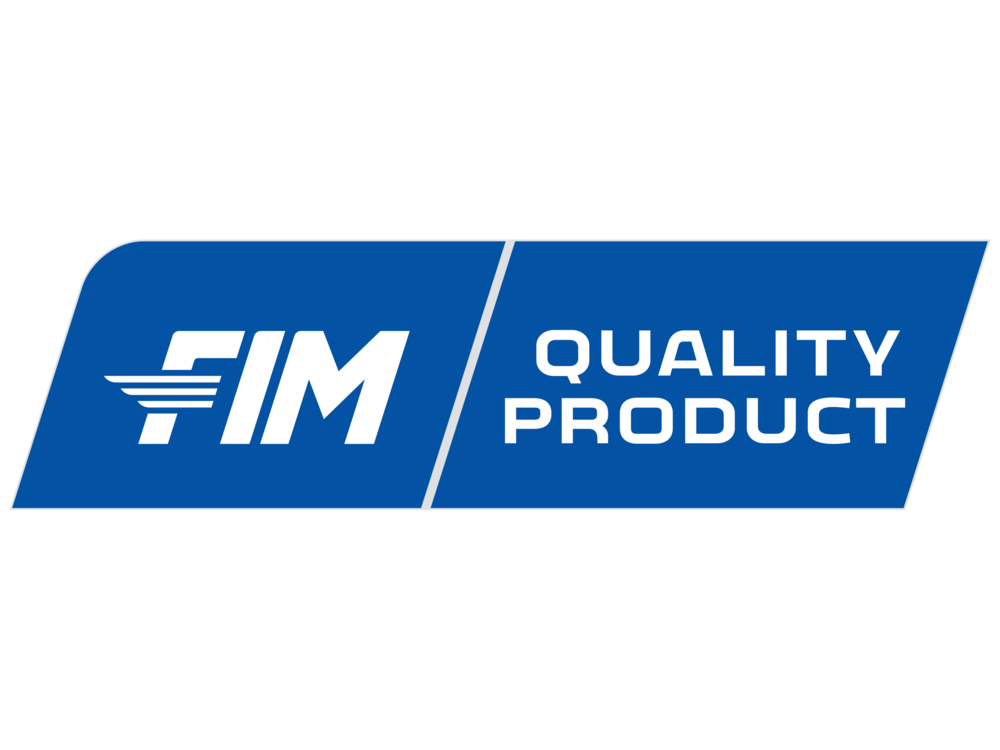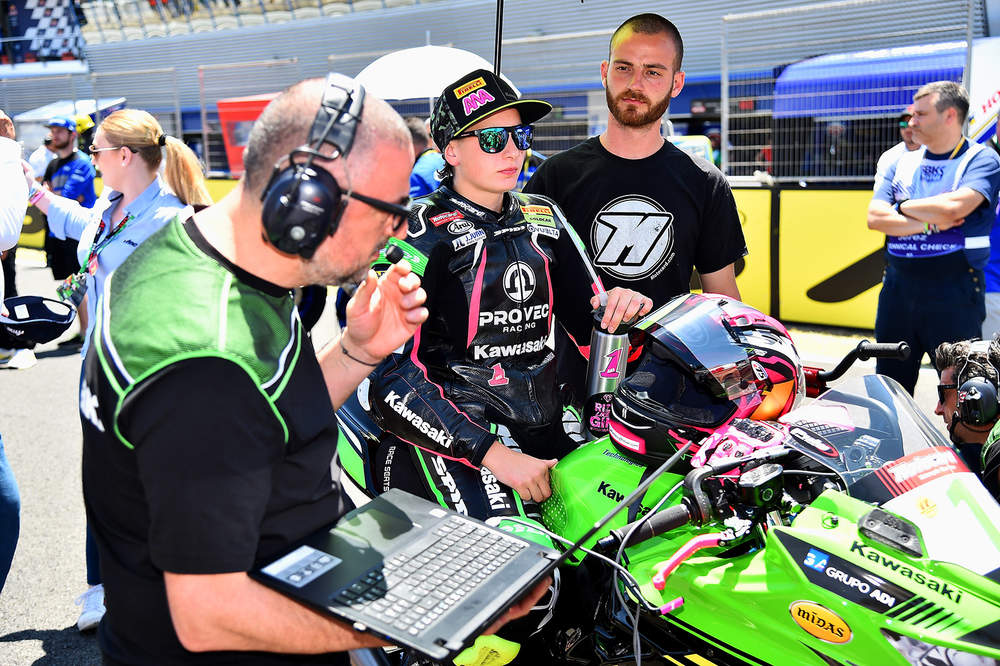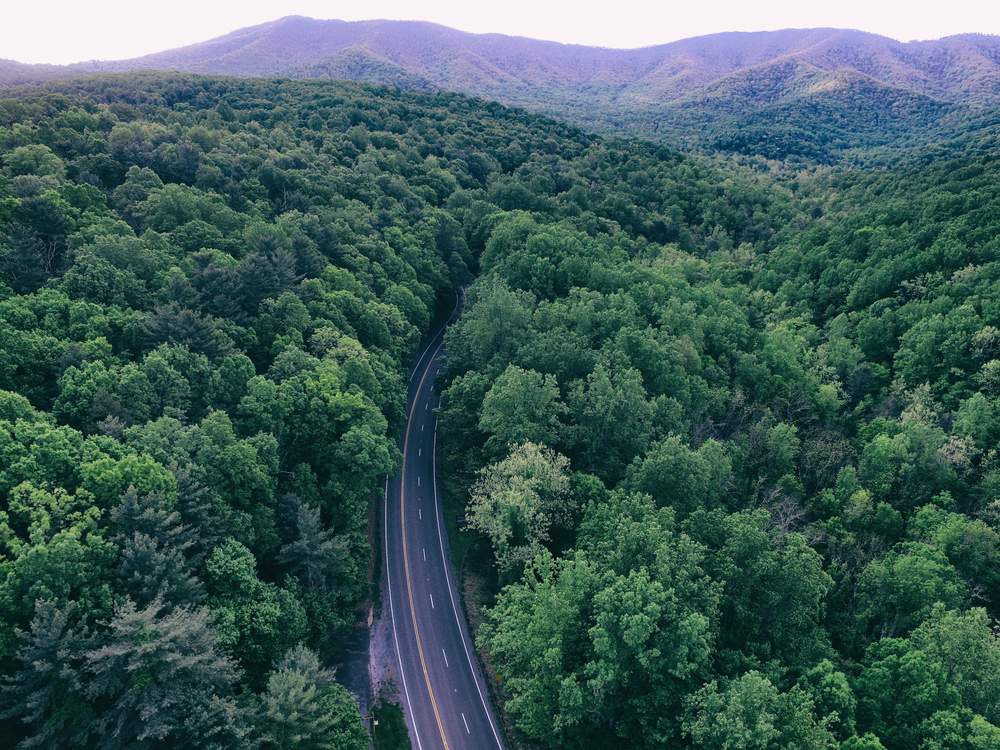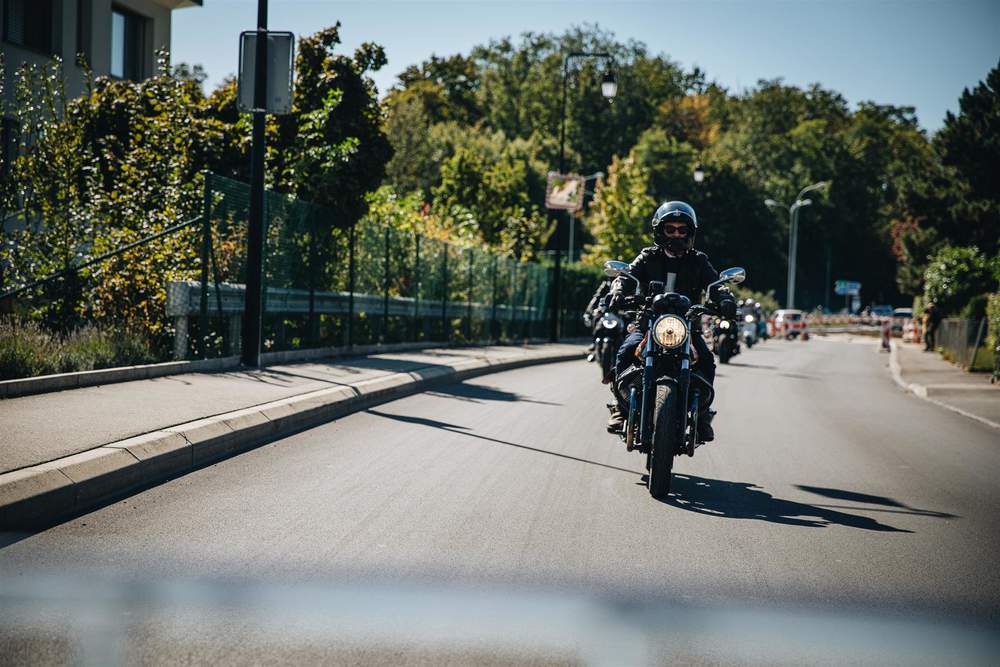World of motorcycling
Enter the exciting world of motorcycling and find all its news, pictures, and official documents.
Our races
Qatar Off Road Championship Round 4
Sealine Endurocross area 185
2024 Campeonato Latinoamericano Yamaha R15 bLU cRU…
Goiânia 185
2024 Campeonato Latinoamericano Yamalube R3 bLU…
Goiânia 185
Discover our
FIM world championships and prizes
Motorcycling sport is run, at FIM World Championships and Prizes level, in seven different disciplines covering more than 100 categories.
Safety
Essential to our Sport
FIM is globally recognised and respected for its concern for rider health and safety as well as its leadership and innovation in emerging technologies, alternative energies and environmental methods.
CONSULT OUR
Latest documents
Consult our various Codes and Regulations, Press Releases, Supplementary Regulations and much more…
208/02- FIM S1GP SuperMoto World Championship - Tramatza (FMI)
2024_3 Trial Technical Rules 24-04-2024
202 09 - 2024 FIM MXGP, MX2 Motocross World Championships – Kegums (LAT)
Supplementary Regulations - 2024 FIM World Rally-Raid Championship - Desafio Ruta 40 (ARG) - 801/04
Supplementary regulations - FIM Speedway GP of Sweden - Malilla - 15.06.2024
Supplementary regulations - FIM SGP2 of Sweden - Målilla - 14.06.2024
Entry Form - 2024 FIM SGP3 semis
Entry Form - 2024 FIM SGP2 qualifier
Explore our
FIM Beyond Sport Activities
The FIM believes that fairness, inclusion, unity and transparency guide all processes.
